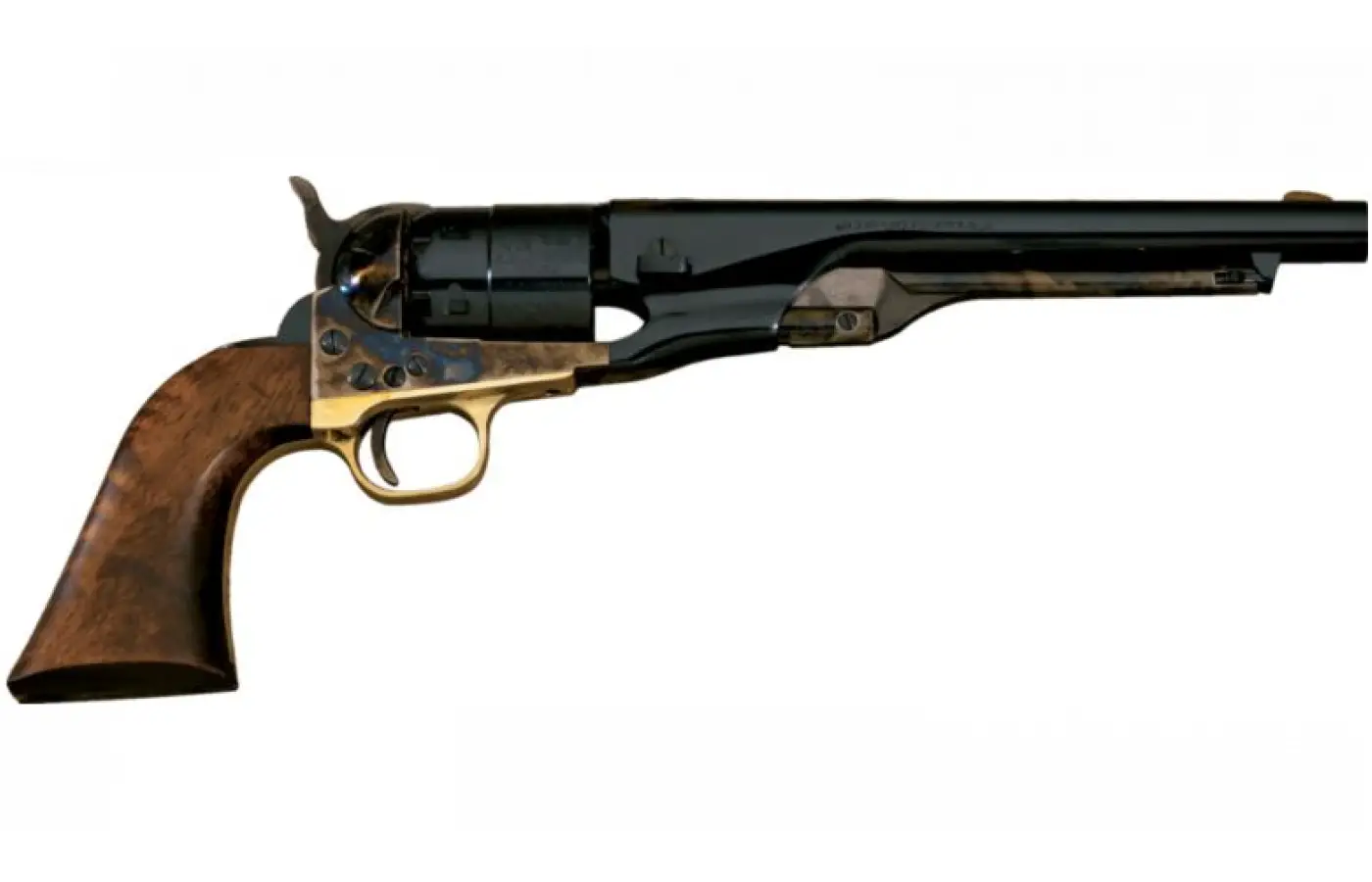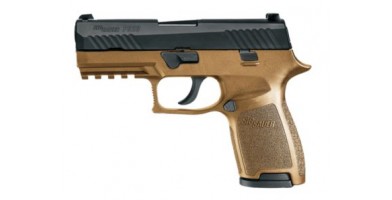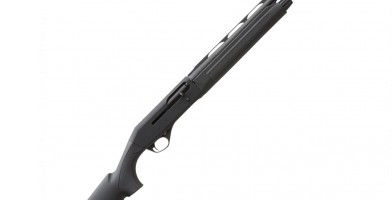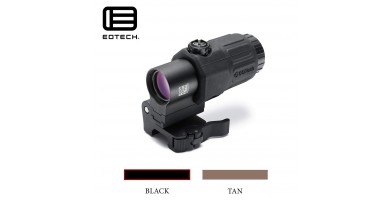Colt 1860 Army Review Facts
There are some people who always love the newest model, the latest release, the next big thing, and there is nothing wrong with that. Then, there are people who look to the past for their aesthetic pleasures. Those with a taste for history, who find excitement doing things the way their forefathers did things, and in this instance with an interest in firearms, will have probably heard of the Colt 1860 Army single action revolver. Replicas of this iconic firearm are available today, but those hardcore collectors will likely seek out one that saw battle in one of the wars that helped shape the present day United States of America.
Primary Use
The primary purpose of the Colt 1860 Army revolver was
war. This gun was produced in the hundreds of thousands over the course of its lifespan from 1860 to 1873 and was used by both the Union and the Confederacy as a sidearm for cavalrymen, infantry, artillery, and naval forces during the American Civil War. It was also used by both Native Americans and citizens of the United States during the American Indian Wars. With two such important historical presences, it is no wonder that replicas of the Army 1860 are in production to this day. While it stands to reason that any actual antique guns would be collector’s items and therefore kept for display purposes only, it is possible that a collector would want to take it down to the range and shoot it. While not technically a primary use, it is also worth mentioning that the replicas could be used for historical re-enactments. The general feedback on that particular topic is that some replicas are almost identical in appearance, except for a new company’s logo or stamp on the sides.
Barrel
For the most part, the forged steel barrel of the 1860 Army was produced at 8 inches. There was a limited release of a 7.5 inch length option, but it was not long-lived, which means most of these guns were issued at an 8 inch barrel length and an overall length of just under thirteen and a half inches. The barrel length was not the most notable point about this gun’s design, however. Far more notable was the fact that the frame had no top-strap above the cylinder. Instead, this gun looked to its lower frame and a very large fixed cylinder pin for strength and sturdiness. The idea was to create a slimmer and lighter gun than the Remington 1858, the main competitor on the market for the 1860 Army. It worked, but the trade off was a small loss of strength. Additionally, the change in design caused a change in breakdown; removing the cylinder meant you were forced to remove the barrel, due to the large pin. If you happen to come across the un-fluted cylinder, you would notice the diameter would be larger in the front than in the back, which is referred to as “rebated’. On one version of the replica the rate of twist in the rifling is approximately 1 in 36.
Stock Options
Being mass-produced for the U.S. Government during the Civil War meant that a lot of the same gun needed to be made quickly, which might account for a lack of variety when it comes to stock options. While it is possible that variations occur, the classic solid one-piece walnut grip is the most famous, and the most widely available. One notable exception to this statement was the optional long stock attachment. The 1860 Army was produced with long screw lugs for the purposes of attaching a shoulder stock. Typically, these were also made of wood, but occasionally there would be the rare appearance of another material, such as pewter. Some were even hollow and expected to be used as canteens by soldiers when not being used on the weapon. Nowadays there are replicas and recreations that are available in a much wider variety of materials, including custom engravings of various natures, but anything other than a walnut stock handle and it is more likely to be assumed that what you are carrying is a replica or imitation version of the actual weapon. If the idea is to appear to legitimately be an 1860 Colt, keep the standard issue basics in mind.
Weight
As previously mentioned, the 1860 Army was designed with lightness in mind. Samuel Colt wanted a gun that outmatched the Remington 1858 for lightness, and while he did succeed there was something of a question of power being lost as well. Having no top strap brought the weight of the 1860 Army down to a mere 2 pounds, 11 ounces. Any veteran will tell you that the lighter their load, the better, when they have to travel great expanses during the court of a tour – that has not changed from the beginning of time. It can only really be speculated at this point, but if the loss in power was of a serious enough level as to compromise the gun’s usefulness, it likely would not have remained such a prominent sidearm for soldiers for so long.
Accessories
Other than the so-called “canteen stock” optional addition to the weapon, this gun had very little in the way of accessories. The sights were permanent when the gun was made, there were engraved or fluted cylinder options here and there, but this weapon was fairly straight forward and served the purpose of sitting in a holder on the hip and being drawn to fire. With an effective firing range of only 50 to 75 yards, maybe 100 yards on a good day, there just is not much to be added. Least of all when you have already ordered over one-hundred thousand guns for your military men to carry. Perhaps if the Colt manufacturing location had not suffered a fire in 1864 there would have been more time to develop add-ons, but priorities tend to shift after a factory fire. Replicas in the modern day and age are available with something of a starter kit for black powder revolvers, which is something of an accessory, but not in the same way as a scope or sight. The only real “accessory” of note would arguably be the crafted cases that the guns came in, for displaying or storing the weapon when not in the field.
Ammunition
This particular single-action percussion cap revolver fires a .44 caliber cap and ball. Soldiers during the Civil War typically utilized a paper cartridge setup. A pre-measured amount of black powder and a round lead ball were wrapped in potassium-nitrate treated paper, and that paper cartridge would be slipped into the chamber in its entirety at once. Sometimes a cone-tipped bullet would be used instead, but the important part was that the diameter of the projectile was 0.454 inches in diameter in order to fit properly and
fire true. The firing speed with the proper amount of gun powder was approximately 550 to 1000 feet per second, with an effective maximum range of up to one hundred yards. Please consult the owner’s manual for what sort of projectile and propellant is safe for use with the version of Colt 1860 you acquire and keep to it for the safety of yourself and everyone around you if and when you decide you want to try firing this weapon.
Loading
As with moth black powder weapons, loading one of these guns would be time consuming. The design of this weapon forced it to require loading from the front end, known as muzzle loading. Black powder would be inserted into the chamber, a lead ball or cone-tipped bullet would be set at the opening and would then be pressed in with the loading lever, found beneath the barrel of the gun. Enlisted men developed paper cartridges to save time in moments of urgency during the wars. These homemade cartridges would be inserted and set, a percussion cap placed on the back end of the chamber on a raised aperture referred to as a nipple, and the weapon was ready to fire. Present day replicas record a percussion cap size of 10 and a nipple size of six by .75 millimeters, which is assumed to be close to or the same as the originals. Back then, extra measures were sometimes taken to avoid problems during use, but they were not explicitly required in order for the weapon to fire properly.
Finish
As with the stock options, there was very little variation in the appearance of the 1860 Army. The trigger guard was brass, the barrel was forged steel, and the remainder was blued. Other pieces of the weapon’s construction were case-hardened, including the frame, the hammer, and the rammer lever. Sometimes the cylinder was fluted or engraved, but for the most part they were all the same standard issue. Finding one of these antiques now with the bluing still intact is a major selling point and will drive the price up, so know what to look for if you are in the market for one of these stalwart old guns. If you are okay owning a replica, and just want the appropriate look, that can also be arranged. Replicas are far less expensive and far easier to come by in good working order, and with at least one brand from Italy the general consensus is that it looks similar enough to have been delivered via time machine to the present day, except for a branding stamp that includes ‘made in Italy’ on the side. If you can manage to remove this, your firearm will be nearly mistakable for the real 1860. One suggestion to make it look older, like it has been around for hundreds of years, was to expose the gun to snow for a few months, but such measures may or may not be considered ‘negligence’ and could void a warranty, if you have one, so these suggestions are not recommended.
Safety
Black powder, being flammable, is inherently dangerous. Utilizing this danger for the purposes of launching a projectile from a gun could be argued as being equal parts clever and foolhardy. Generally speaking these weapons were taken seriously for the dangerous tools of war that they were, and still should be today. Some of the more cautious soldiers in the 19th century would actually try to prevent dangerous malfunctions or unintended mishaps in several ways. Sometimes a
lubricated wad would be fitted between the ball and the powder in the chamber. Other times a coating of either bore lubricant or pack lard would be used as a kind of lining at the mouth of the chambers. This, in theory, would prevent neighboring chambers from igniting at the same time when the trigger was pulled. The term for this violent and dangerous instance is referred to as a “chain fire” and while sometimes it simply made a mess, the dangers were potentially catastrophic for the shooter. Another measure of safety was – and still is – clean hands. If you get black powder on your hands or
gloves while loading a black powder firearm, clean your hands to remove any flammable residue before firing. If you happen to have black powder on your knuckle and pull the trigger, it is unlikely but not impossible for the powder on your hand to catch by accident, which is a hospital visit no one wants to have to make. As dangerous as modern guns are, black powder guns are even more so and should be handled with extra care. Something else that should be mentioned for general safety is the fact that this product falls under California’s “Cancer and Reproductive Harm” heading, meaning that the materials involved in the production of these replicas (and possibly the original pieces themselves) may cause cancer or negatively affect pregnancies. Those wanting to learn more on that particular subject can seek out more information from www.P65Warnings.ca.gov.
Price
In the early 1860s the Colt 1860 Army revolver sold for around $20. At the time, that was quite a price tag, and in 1865 Colt lowered the price to $14.50. If you are the kind of person who wants one of the originals from the 1860s, be prepared to pay a pretty penny for it; depending upon the condition of the firearm, the parts all being original, the level of bluing that has remained, any patina on the metals, and so on, collector’s pieces can sell anywhere from twelve-hundred dollars to over seventy-five thousand dollars. Obtaining a replica of one of these guns today is far more affordable. While the number for a replica also fluxuates depending on your specific desired parameters, they are still more manageable for a wallet, costing somewhere between two-hundred and three-hundred fifty dollars depending upon your retailer, the brand, and any accessories such as replacement parts, a carrying or display case, a holster, or
any starter kits included with the sale. It is also recommended to look into warranties whenever possible for replicas, and certificates of authenticity for collector’s items, if applicable. Always do your homework before purchasing a gun to make sure you are getting the best deal, and the real deal.
Key Features
-Collector status originals or impressively comparable replicas
-50-100 yards accuracy range
-Military memorabilia or re-enactment
Bottom Line
The Colt 1860 Army revolver is an iconic piece of United States history. Obtaining one of those weapons is possible, but expensive, but if your goal is to be a collector then a replica simply will not suffice. If you plan on re-enacting with your firearm, however, the replica is a better way to go, as it will cost you a few hundred dollars to replace it – not several thousand – if something goes wrong or it suffers damages in the field during your re-enactment. Always be safe with your firearm in any instance, re-enactment or otherwise, especially with
black powder firearms, since they are more volatile than present-day weaponry. Also consider the legality of owning
a black powder firearm in your state if you reside in the United States, as the laws can vary depending upon where you are located. Always read up on the relevant laws in your area, as well as the owner’s manual for your gun. There is no excuse for owning a gun and not knowing how to use it properly, so be sure to educate yourself and exercise due caution at all times when handling. Whether you obtain a collection piece or a replica, you are going to have an impressive conversation starter on your hands. If you take it to a range, remember the limitations of these older firearms and try not to overstep its capabilities; aiming and firing a black powder revolver was not so exact a science as pointing a shooting with a
red dot sight or a prism
scope on a hunting rifle. Have realistic expectations; it is not supposed to be an incredible purchase because it has modern day
medium to long range accuracy; it is supposed to be an incredible purchase because it is amazing to hold a piece of history in your hands.









